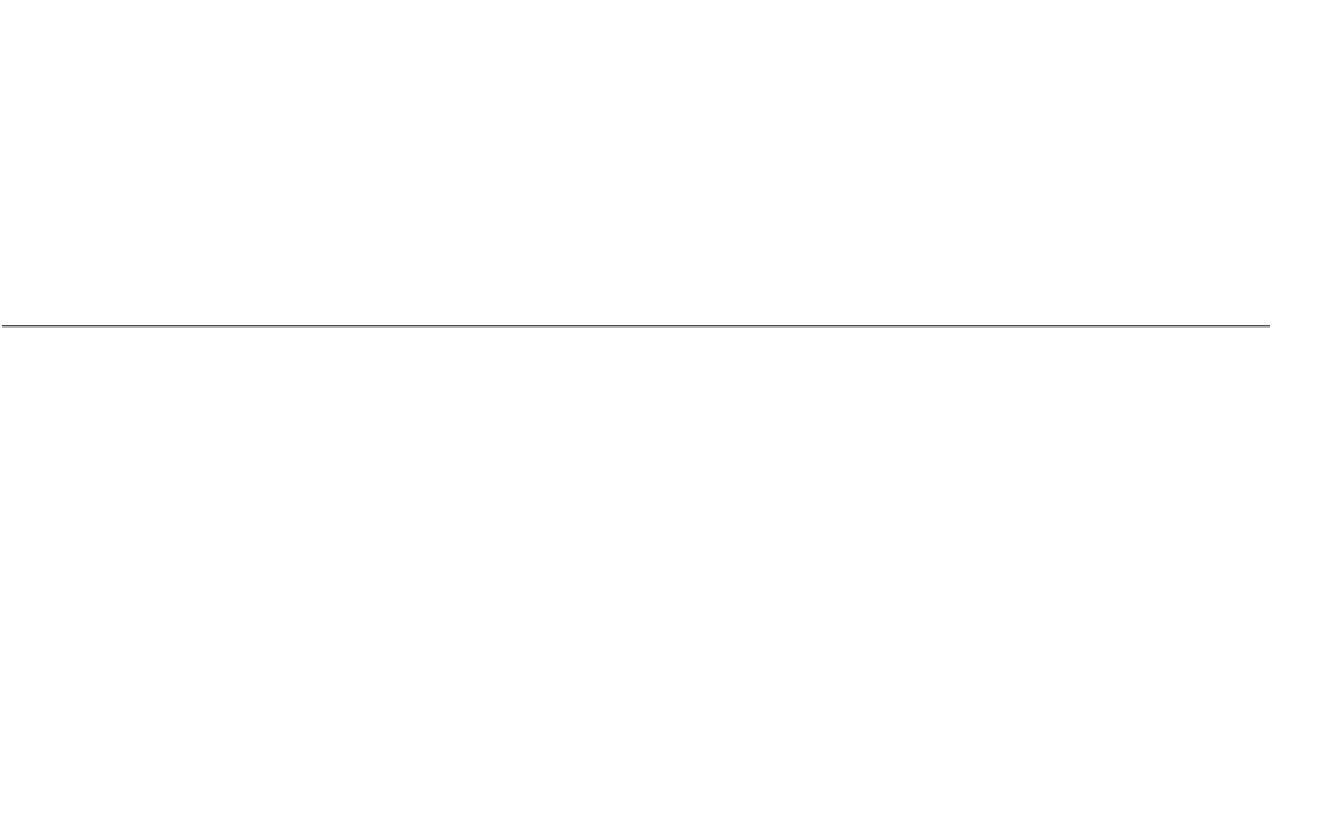Environmental Engineering Reference
In-Depth Information
Table 8.7.
Types of embankment dams, their degree of control of internal erosion and piping, and pore pressures for stability, and suitability in relation to con-
sequences of failure classification.
Consequences of failure
Degree of filter control of
Degree of control of pore
classifications to which
Embankment type
Description of the zones
internal erosion and piping
pressures for stability
suited - new dams
Homogeneous
Zone 1 earthfill
None. Seepage in earthfill and
Poor. Pore pressures not
Very low and low
earthfill
from cracks is likely to emerge on
predictable. Depend on k
H
/k
V
the downstream face regardless
in earthfill
of k
H
/k
V
Earthfill with toe
Zone 1 earthfill, Zone 4
Poor. Seepage in earthfill
Poor. Pore pressures not
Very low and low
drain
rockfill, may have Zone 2A/2B
and from cracks is likely to emerge
predictable. Depend on k
H
/k
V
filter drain
on the downstream face for high
in earthfill
k
H
/k
V
. Poor into rockfill if no
filters provided
Zoned earthfill
Zone 1 earthfill. Zones 1-3 of
Moderate (poor to good). All
Good provided Zones 1-3 is
Very low to significant,
borrow pit run alluvial silt/
seepage will be intercepted by
much higher permeability
depending on material
sand/gravel; or weathered and
Zones 1-3. Depends on particle
than Zone 1
particle size
low strength rock, compacted
size distributions of Zones 1-3
distributions and
to form silt/sand/gravel
to act as a filter to Zone 1
construction control
Earthfill with
Zone 1 earthfill. Zone 2A
Poor. Seepage in earthfill and
Poor. Pore pressures not
Very low and low.
horizontal drain
filter drain
from cracks is likely to emerge on
predictable. Depend on
Significant if no
the downstream face for high k
H
/k
V
k
H
/k
V
in earthfill
population at risk

